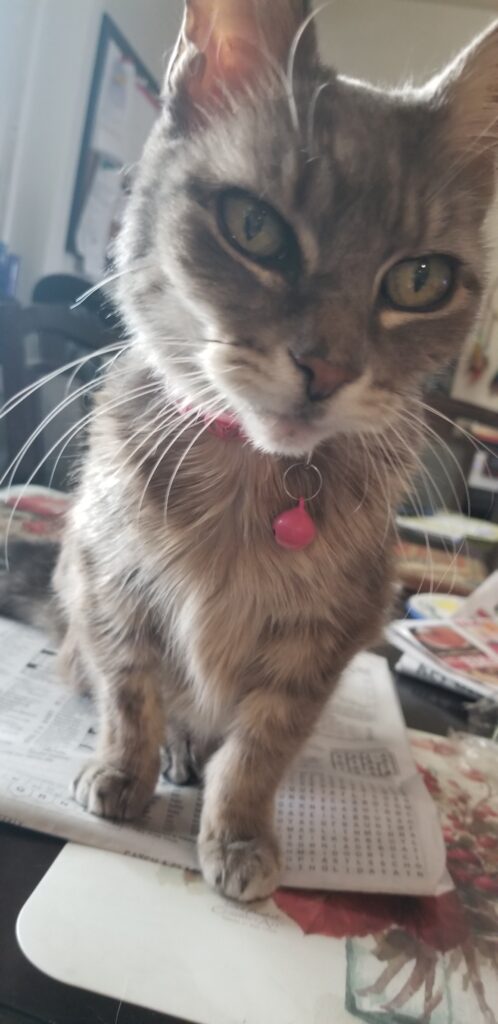
We all want our writing to communicate our intended meaning. As you get closer to the end of a first draft of a novel or nonfiction work, you may notice that your original idea has changed. This is common, but readers will need a straightforward way to organize what you’re telling them.
Writing Tip for Today: To help your fiction, memoir or nonfiction hold together, you can test for cohesiveness by pulling threads.
Outlining for Non-outliners
Writers who outline before they begin are . . .better than I am. I start out with a general idea of what I want/need to say to my readers, but I rarely outline until my first draft is finished or close to complete. When I have at least two-thirds of a draft written, I go back and list all the chapters/scenes/topics.
By seeing my pieces as part of a whole, I can more easily spot plot holes, repetition or places that just aren’t pulling their weight. I often advise my coaching students to list these things on post-its and display them on a tri-fold board. Each wing can represent Acts I, II and III or Beginning, Middle and End.
After I evaluate the progression of ideas or the arc of story, I can pull the threads to see if my overall theme, metaphor or idea is consistent throughout the work. Since a book-length work takes time, it’s quite common for a writer to expand, change or omit the main threads in parts of the draft.
Mean What You Say
If you’re anything like me, you learn a lot during the writing process. For me, it means I often have either a better theme, concept or “thread” by the end of my first draft. Yes, it’s a lot of work to go back and rewrite to reflect the new ideas, but more often than not, you’ll be writing with more insight and clarity.
Take some time to daydream about what you wish to communicate. Looking at your draft, do you think you did so? Are there places where the message is unclear or where readers might ask, “What’s this got to do with it?”
Rabbit holes or digressions can insert themselves as you wade past the midpoint of the book. When you evaluate or pull the main threads, can you spot digressions or places that don’t really belong? “Because it’s interesting” is not a great reason for leaving a digression that can’t pull its weight in the larger work. Comb your draft so your points are clear and particular.

Comb your drafts so your points are clear and particular.
Help for the Threadbare
Some drafts can be such a mish-mash of ideas that the threads aren’t pullable. Remember that in scene writing as well as essay writing, you want one major take away in each. Don’t try to cram competing ideas into a section.
Multiple Point of view novels and nonfiction that isn’t focused enough can leave you with too many ideas to juggle. If you are writing your first novel, I advise you to master a single viewpoint or a narrow topic before you try to juggle multiples. Find tips for writing Multiple POV novels at the end of this post.
If you’re working on nonfiction, when your first draft is finished, go back and reread your initial Overview, then evaluate your list of chapters. Does the Overview still reflect your overall purpose? Pull the threads by examining what you wrote against your first Overview.




